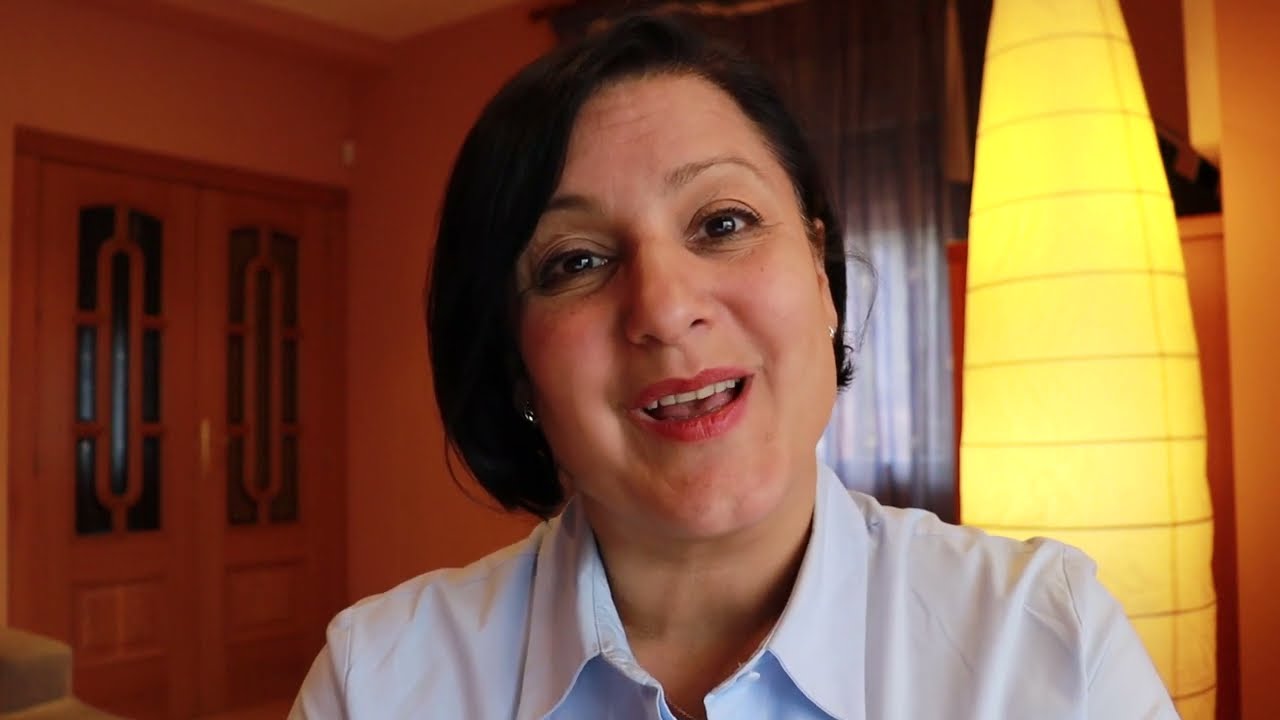Get the best Books about How to Cure…, Click Here
hi my name is ruth childs for those of you who don’t know me um i’ve been working for many years now very successfully in helping people completely heal themselves from focal dystonia and i’m really delighted that because at the end of march of this year 2022 um will be published my book on focal dystonia it’s a very practical book it explains what what really are the underlying causes of focal dystonia um the changes in the brain that occur why they occur and but most importantly in the third part of the book it gives a whole series of very practical exercises to reverse those changes the the that’s the process and the series of exercises that um i work with people in my private consultancy when they work with me so um i’ve been recording this series of videos about about the book just to give you more information about it but also to give you some some practical tools um and to give you some detailed information and in this video i’d like to read an excerpt from part two of the book so part two of the book describes um what ha the things that happen in our lives that create the changes in our brain that lead to these that can lead to focal dystonia and so i’d just like to read an excerpt from from that so excuse me i’m going to be looking down and then looking back up at the camera as i do that so when i suggest the link between adverse events and focal dystonia many people find it too big a leap to see the connection i’ve already described in chapter two the physical consequences of the nervous system being hyper or hypoactive since we’ve explored the fundamental aspects of how our brain works in relation to our fine motor skills let us explore the connection further a 2015 study by the amen clinic published in plos one explored spect scans of people who’d experienced diverse forms of adverse events they showed hyper activity in a very in various regions of the brain the most significant alterations were in the following areas look at just how relevant they are to us the basal ganglia as we previously described this is the area of the limbic system that is responsible for executing and automating our motor actions it also helps in establishing the level of anxiety in the body it is involved when we jump when we startled when we tremble because we’re nervous and when our body and mind freeze through fear the study showed how the hyperactivation in this region of the brain is associated with an increase in anxiety fear and tension in the body the amygdala the study showed how people who had suffered adverse events had an increase of activity in the amygdala resulting in higher levels of anguish and anxiety the anterior cingulate cortex this is found in the deep part of the frontal lobe of the brain and works in close collaboration with the amygdala you can think of it like the gearbox of the brain which allows you to shift from one thought to another or from one behavior to another and so on the study showed that in people who experienced adverse events the hyperactivity in this area led to them becoming stuck in one thought one error area of attention or in one preoccupation they also tended to be more rigid in their thinking the thalamus as we saw previously this is involved in processing the information that is received through the senses and in experiencing positive feelings the study showed how this ability became modified distorting the ability to effectively receive sensory information i was very inspired by this study as it showed definitively how the brain responds to adverse events and gives a scientific explanation of what i was seeing phenomenologically in my work this was not just in the physical body but also in the dystonic mindset that i’ve already mentioned it shows how it is inextricably linked with the manifestation of the body in the form of dystonic movements so that just gives you a little bit of the science behind what’s causing the dystonia and i wanted to add all of that in the book because i actually think that it really helps to know this isn’t just something that i’m making up this isn’t just something psychological um and that but that really is a link between the body and the nervous system particularly this that the hyper or hyper activation of the nervous system which is our survival response i’ve talked a lot more detail about that hopefully in a very accessible way in the book because i think that helps us understand what’s going on and why the series of exercises that i then given the third part of the book are so very relevant so in my next video i’m going to talk a little bit more detail about the third part of the book and then i’m going to share with you uh one of the one of the uh first exercises so you can actually begin working with that if you wish between now and when the book is released thank you so much for listening …
